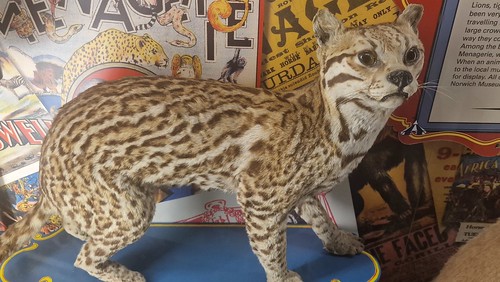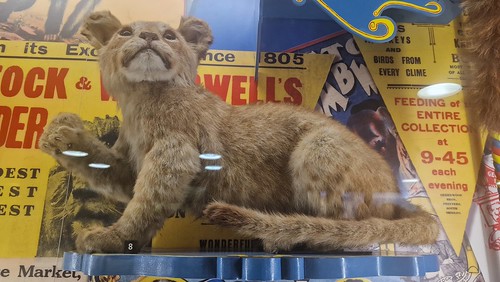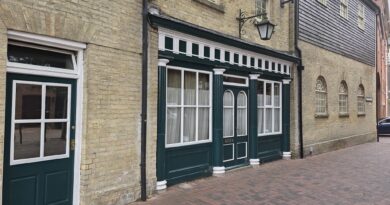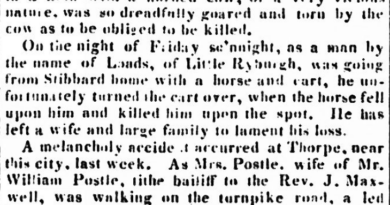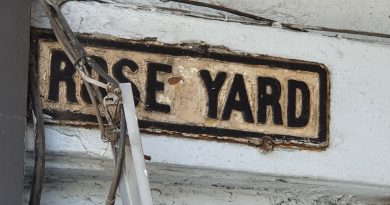Norwich Castle Museum – The Travelling Zoo
Meandering around the collections of the Norwich Castle Museum, this display of dead stuffed animals is hard to miss and they’re from the Bostock and Wombwell Menagerie. This travelling circus was in operation between 1810 and 1931 and when their animals died on tour, they were often given to local museums. No doubt the menagerie was most exciting at the time, especially for children, as I can’t imagine many people had previously seen big cats, kangaroos, monkeys and even a rhino to name just a few.
The above animal doesn’t have a name, or at least not one that has been recorded, but it’s an ocelot which did in January 1893 before it was stuffed and brought to the museum. I hadn’t realised, but ocelots can be kept as pets, although I’m hoping that not too many people decide to do that in Norwich as it would feel sub-optimal for too many of these to be wandering around.
As evidence that these displays were educational, this is a binturong and I’ve never heard of them before so that’s something new to me. It’s an Asian bear cat and it looks very odd to me, they’re apparently noted for their strong tail which helps them climb trees. According to Plumpton Park Zoo they are “normally shy in the wild, but very aggressive when harassed and they may urinate or defecate on a threat”. They sound like just the thing you’d want to traipse around in your menagerie.
The museum notes that in 1812, George Wombwell bred the first lion in captivity in the UK, apparently now stuffed and on display at Saffron Walden museum. This lion cub was born on tour in 1887, dying at three months old when it reached Lowestoft. If he had lived longer, he is unlikely to have had a pleasant life, as Wombwell had used the lions to fight dogs, usually a battle which the lion would win but at some cost to its health and well-being. They were controversial even back in the early nineteenth century and Parliament banned them, which is one of the earlier pieces of animal rights legislation.
This male was caught in Australia and used by the menagerie as a boxing red kangaroo. I’m not sure that zoos or the like would get away with that little arrangement any more, he died in Somerset in March 1896. The museum doesn’t note whether he died in a fight or of natural causes. For anyone who wants to read more about this way of exhibiting animals before the establishment of zoos, there’s a Wikipedia page about them.

